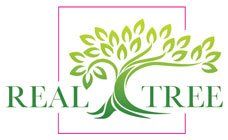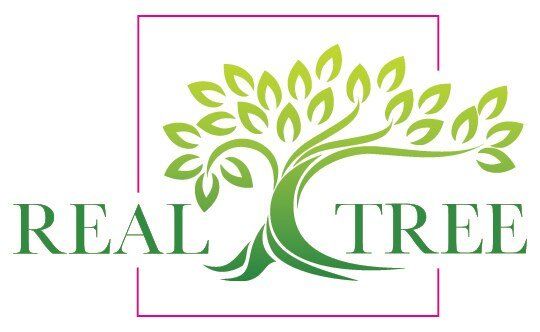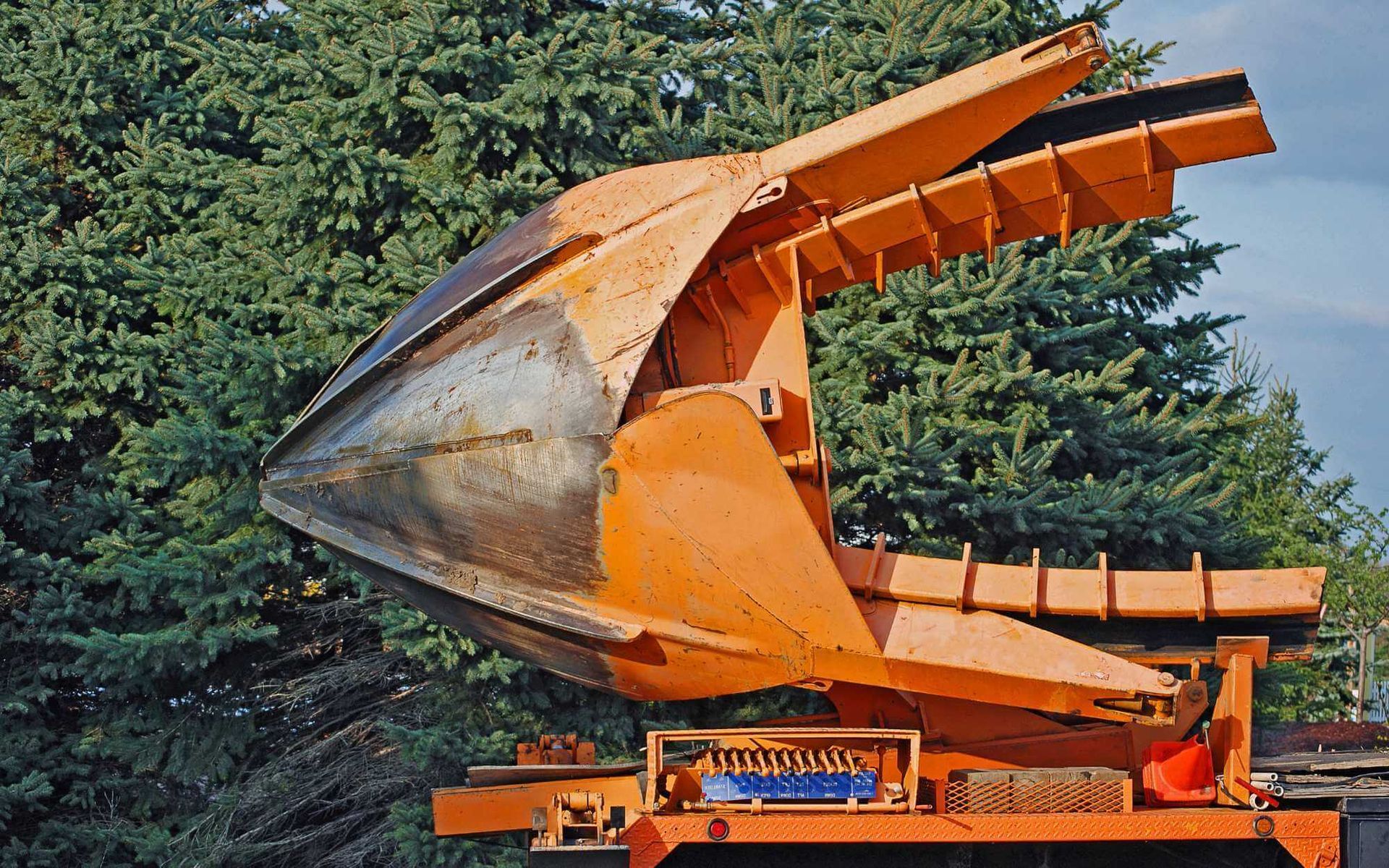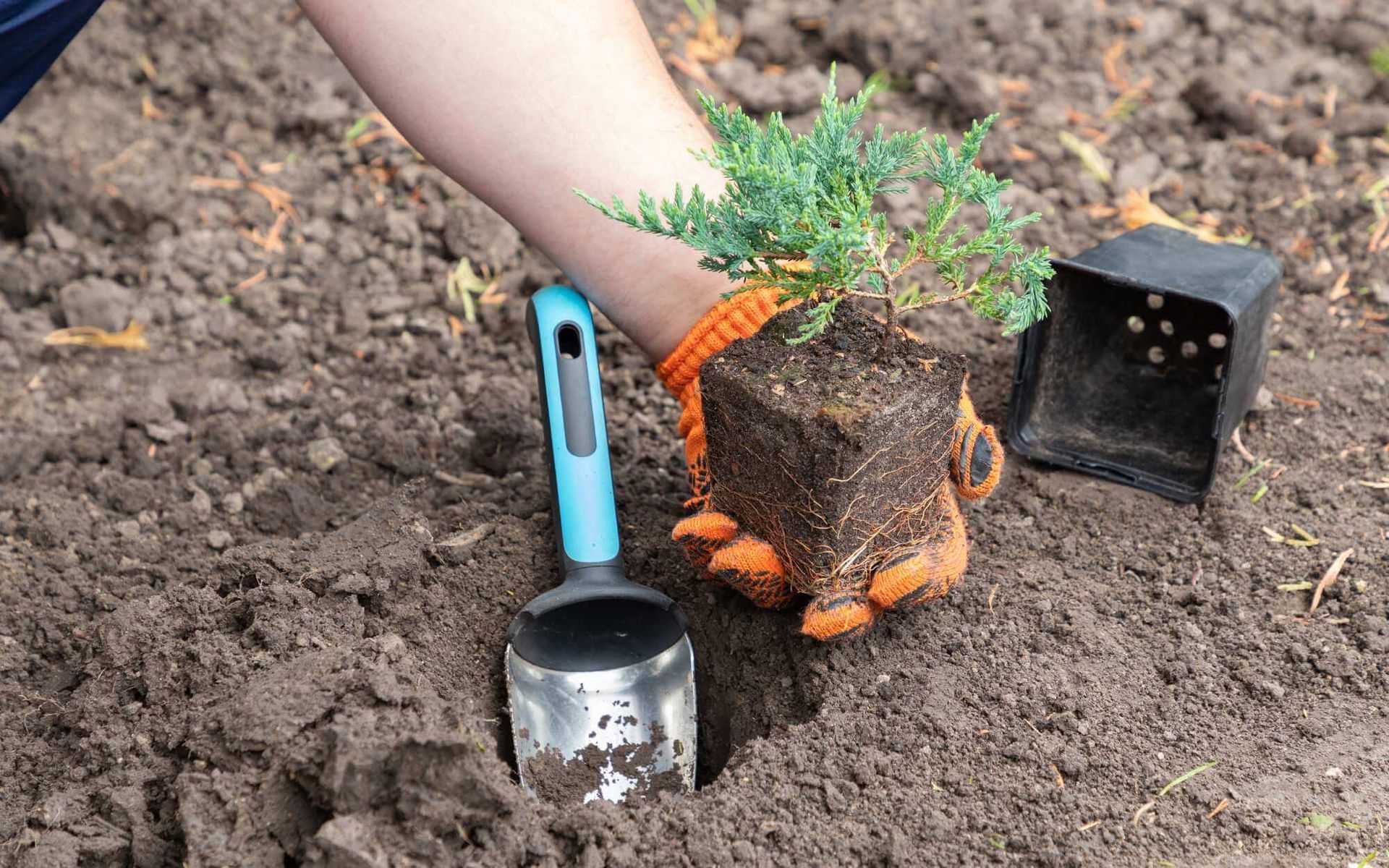Tree Safety 101: Expert Tips for Identifying Unsafe Trees
PUBLISHED ON
SHARE THIS ARTICLE
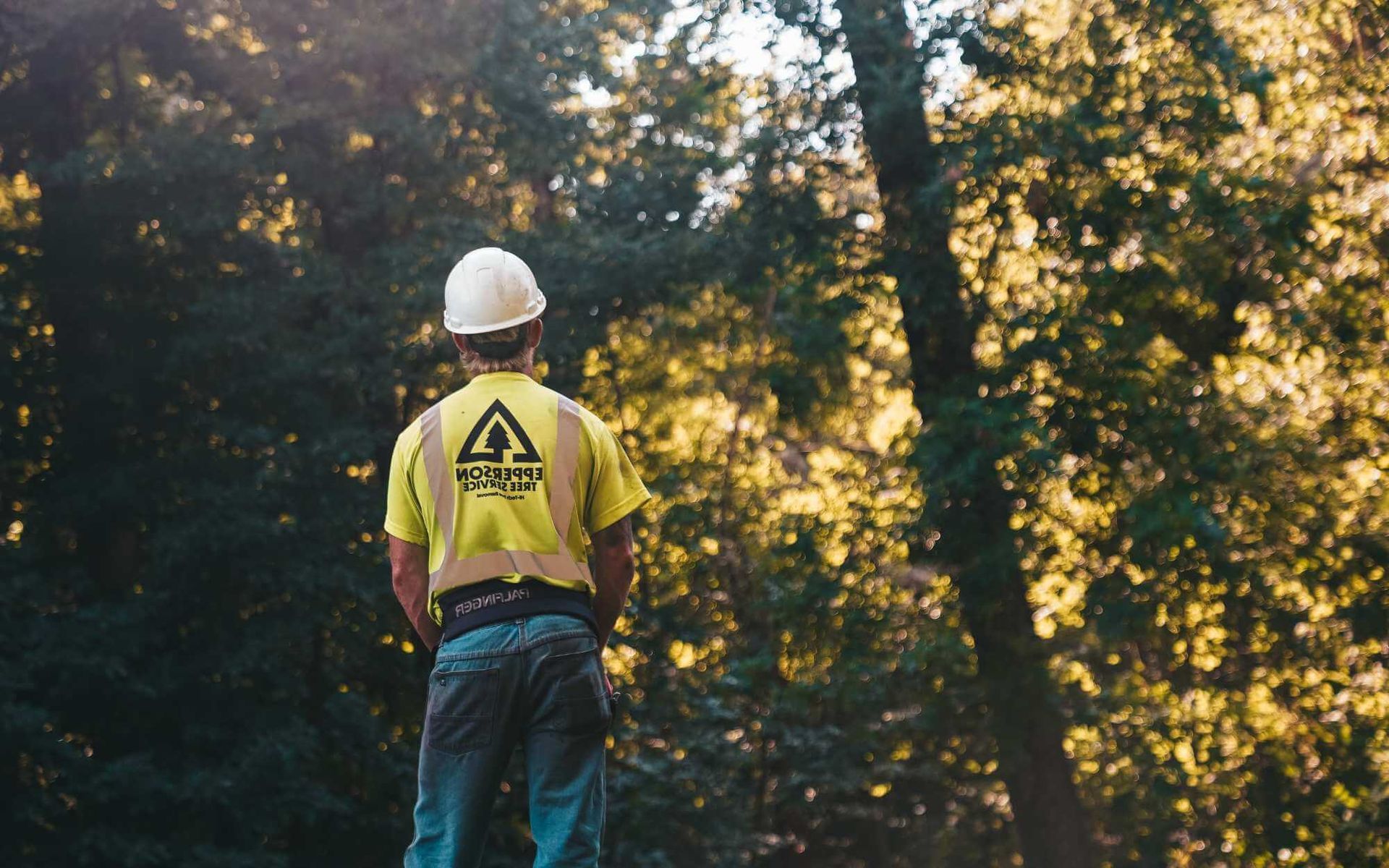
Nature graces us with tree-lined streets, lush parks, and forests that provide beauty and numerous environmental benefits. However, it's important to remember that trees, like any other living beings, have a lifespan and can become unsafe if not properly maintained.
Tree safety is a crucial aspect of responsible property ownership and environmental stewardship. With potential risks such as property damage or personal injury, recognizing dangerous trees becomes a necessary skill.
In this homeowner tree safety advice, we'll delve into expert tips for identifying unsafe trees, enabling you to take timely action and make informed decisions about tree care and maintenance.
Tip 1: Visual Inspection
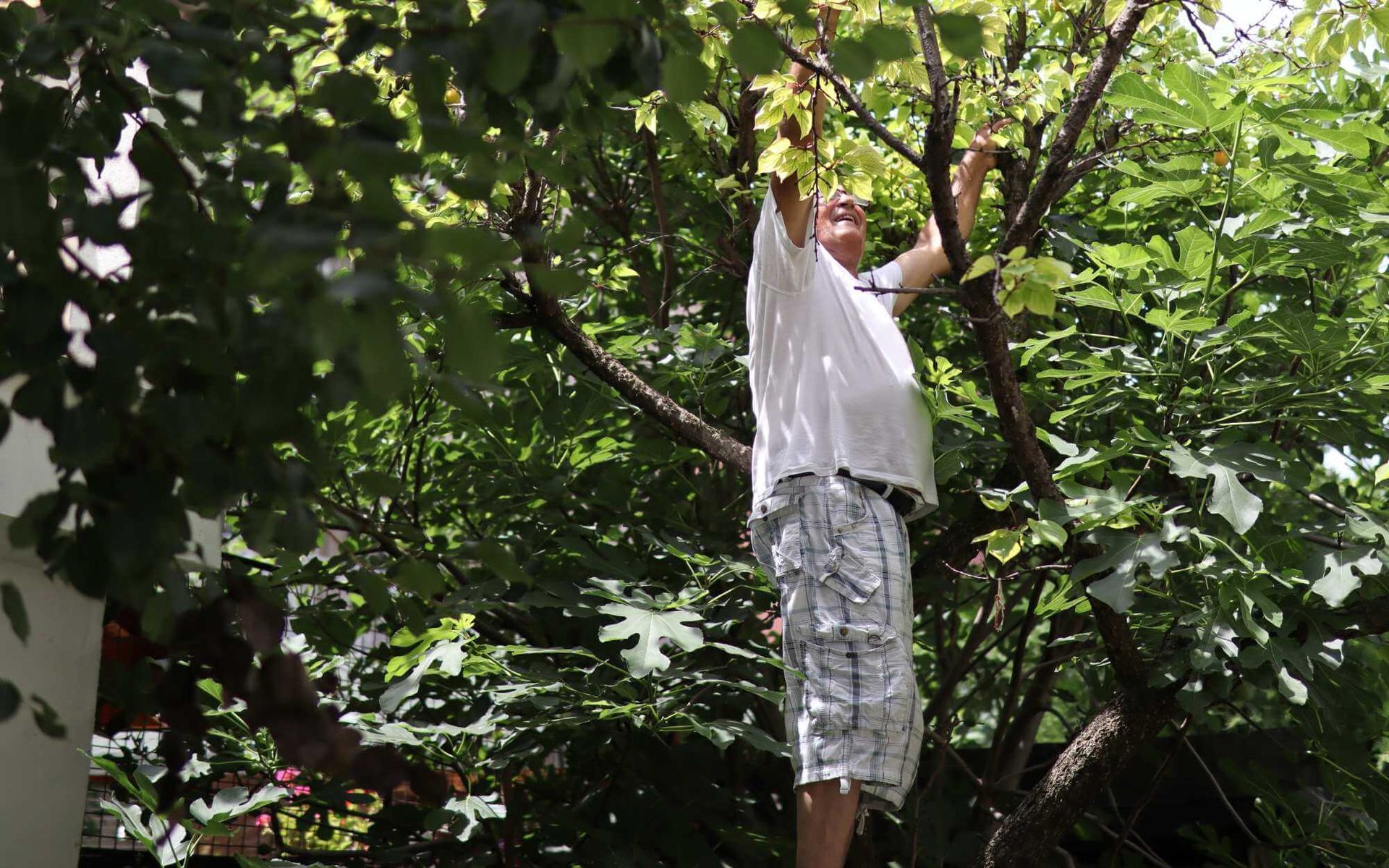
Start with a thorough visual inspection. Look for signs of tree damage or decay such as discolored leaves, cracks, or fungal growth. These could indicate poor health or structural instability.
Also, pay attention to the tree's structure and posture. Excessively or unevenly leaning trees may be structurally compromised and potentially dangerous.
Don't overlook the tree branches and the trunk. Look for dead or broken limbs that could fall unexpectedly. Inspect the trunk for cavities, cracks, or peeling bark, which could hint at internal decay.
Remember, early detection of the signs of common tree hazards can result in timely intervention, maintaining healthy trees and ensuring safety.
Tip 2: Root Inspection
The root system is another critical area to examine for tree safety. A healthy root system not only secures the tree firmly in the ground but also absorbs water and nutrients necessary for the tree's growth.
Signs of decay or damage, such as soft, crumbly wood, fungi, or uneven growth, indicate potential issues. Often, root decay occurs beneath the soil and is not immediately visible, making regular inspections crucial.
Besides, root heaving or lifting, where roots break through the ground surface, can indicate a serious stability problem. This is often an aftermath of strong winds or heavy rainfall and can make the entire tree significantly unstable. Such trees pose a considerable risk as they can topple over without warning, leading to potential harm or damage.
Immediate professional assistance should be sought in these cases.
Tip 3: Professional Assessment
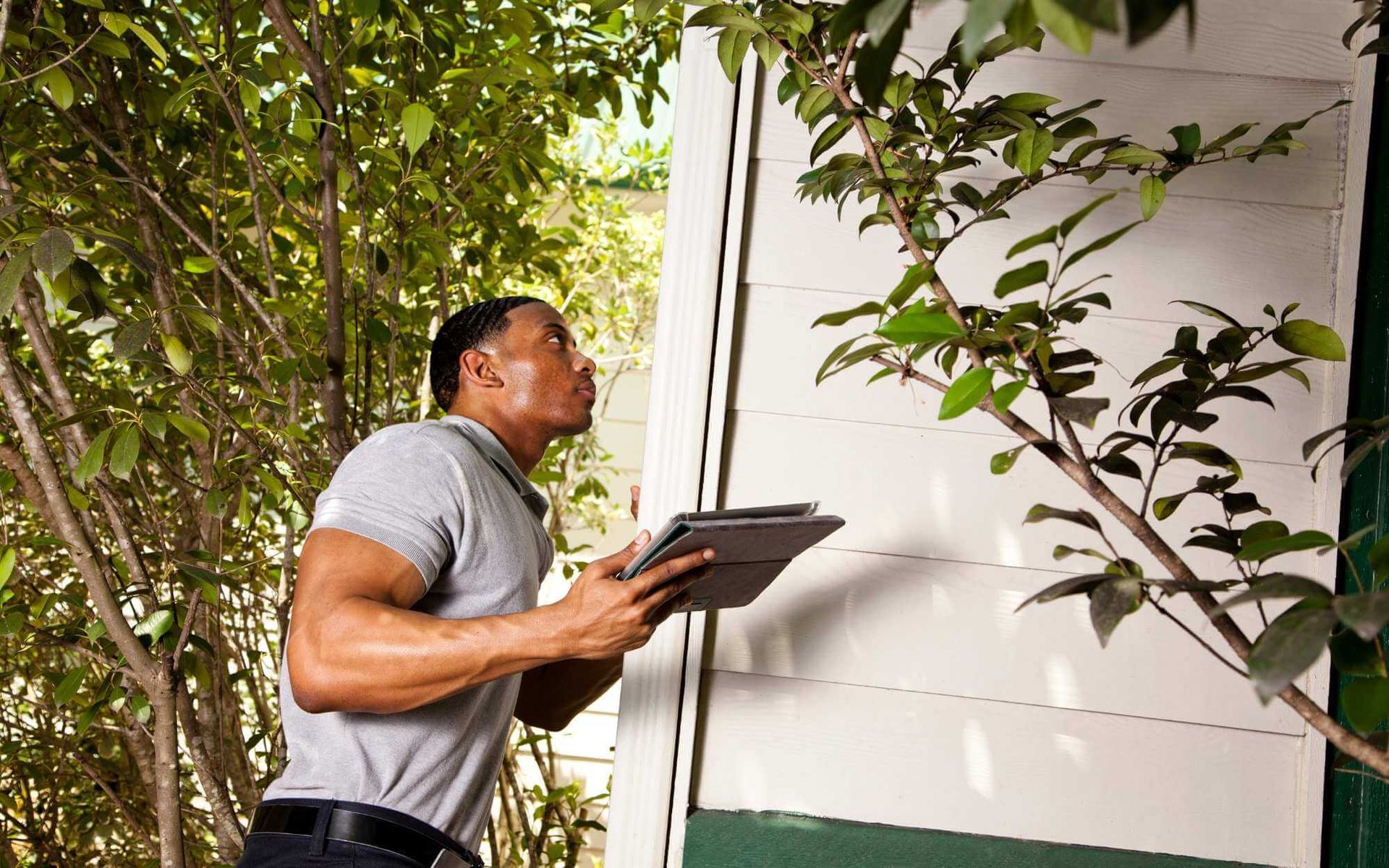
Even with a keen eye for the signs of tree distress, consulting a certified arborist is integral to optimal tree care.
Arborists possess extensive knowledge about tree physiology and are equipped to diagnose complex tree health issues. They can provide valuable insights and recommendations on proper safety precautions for falling trees, regular tree trimming, and treatment of diseases and pests.
Furthermore, arborists can advise on suitable trees for specific locations, considering factors such as soil type, climate, and space availability.
Investing in professional tree inspections offers manifold benefits. Professionals can detect subtle signs of decay or disease that might often be overlooked in casual inspections. They have the tools to perform intricate procedures like resistance testing for assessing tree stability and dealing with tree pruning near power lines and roofs.
Regular professional inspections can help extend a tree’s lifespan and avoid potential hazards, thereby ensuring the safety of your property and loved ones. With preventative care through professional inspections, costly emergency tree removal can also be averted.
Unveil Unsafe Trees with These Expert Hazard Tips
Tree safety is vital to prevent harm and damage. Identify unsafe mature trees by checking for discolored leaves, cracks, fungal growth, dead branches, and peeling bark. Inspect roots for signs of decay or damage and seek professional help when needed. Regular professional inspections can detect subtle signs of decay and help extend a tree's life.
Prioritize tree safety — it's an investment in the well-being of your property and loved ones. Contact us today for a
professional tree inspection.
Want a free quote or some friendly advice? Call our team today:
